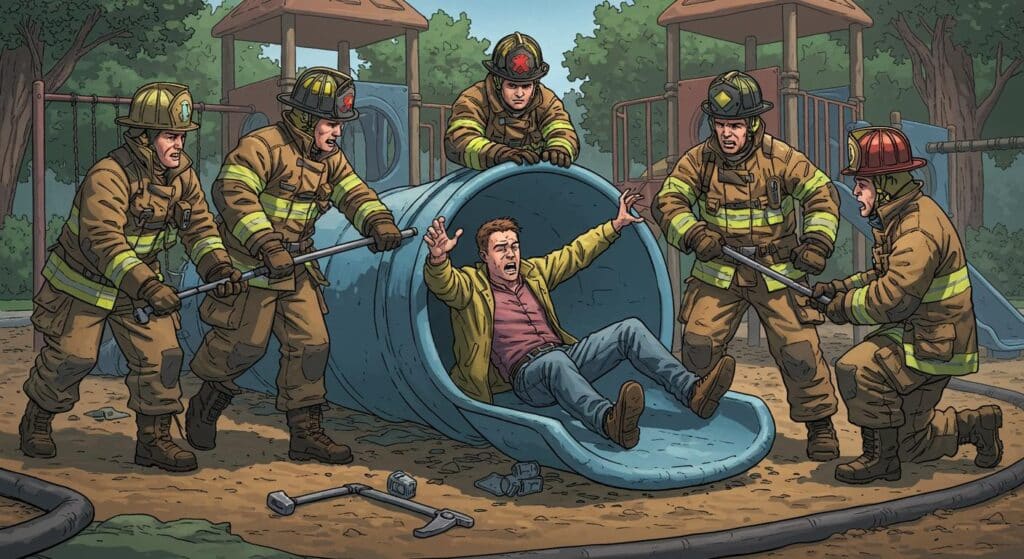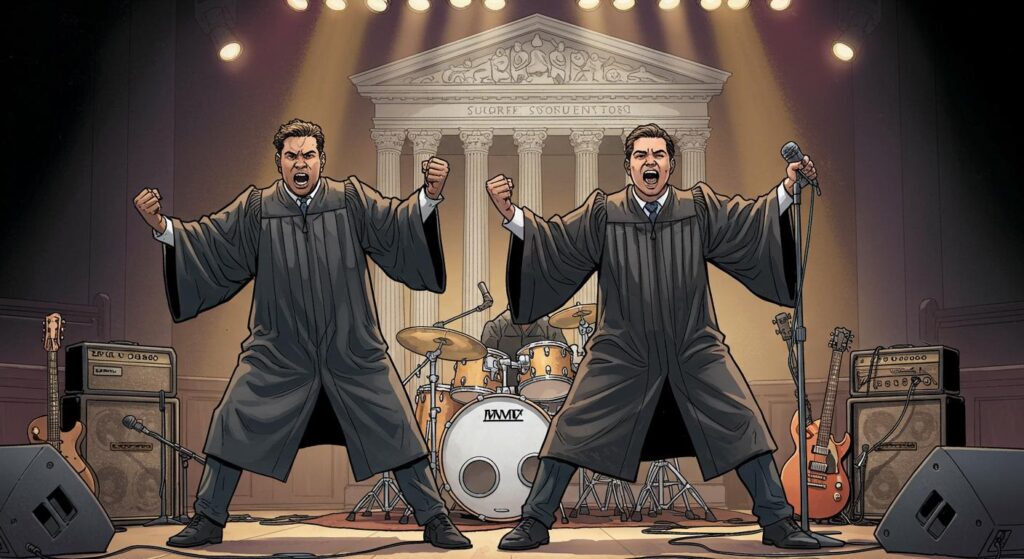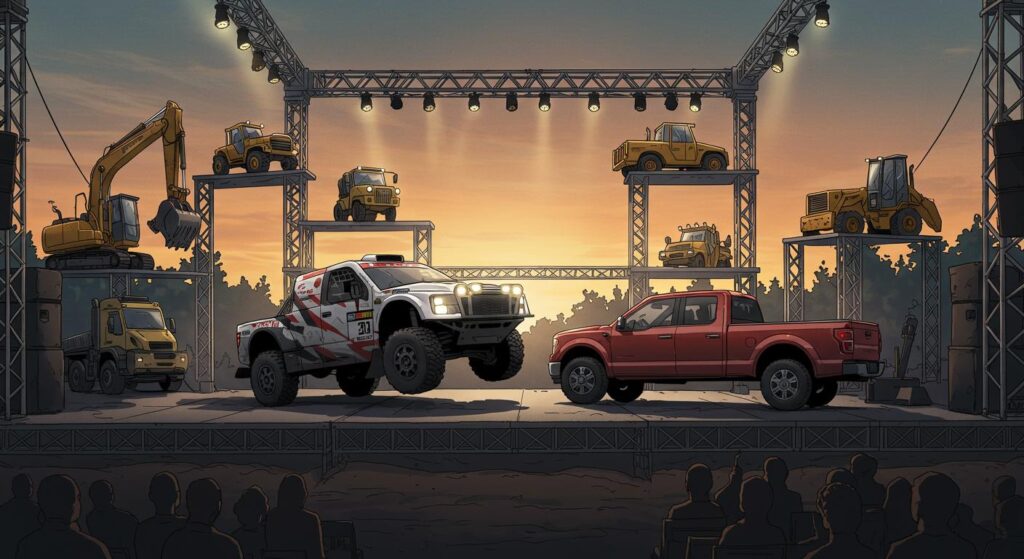Every so often, a story comes along that promises a collision between high art and heavy machinery. According to Oddity Central, an Estonian theater recently staged a unique performance of Shakespeare’s “Romeo and Juliet” in which construction vehicles took center stage. Unfortunately, if you’re keen to know exactly how such an event unfolds, you may find yourself in a bit of a bind. The source, in a twist worthy of the Bard’s own penchant for irony, provides no further information beyond the headline.
Curtain Up, Details Down
For those of us who delight in the bizarre, the prospect of an excavator pondering existential grief is the stuff of delight—if only there were details, images, or even a passing mention of how this mechanical cast delivered their lines (or, more likely, their beeps). However, Oddity Central’s page draws a blank, offering navigation bars and ad copy, but nothing about the show itself.
Was there a bulldozer dueling a dump truck in the Capulet-Montague feud? Did the audience cheer for a star-crossed crane? These may be the questions that haunt the corridors of internet curiosity, their answers lost—at least for now—in the digital ether. Perhaps, in staying true to avant-garde tradition, the absence of concrete information is the real performance.
A Play Shrouded in Mystery
Is this the deliberate obfuscation of a postmodern masterpiece, or merely the quirks of a news site in mid-maintenance? The only certainty is that somewhere in Estonia, someone apparently watched construction vehicles interpret Shakespeare. How they did it, and to what effect, remains.
One might say this production has achieved the elusive status so many artists crave: everyone’s heard of it, but no one really knows what happened.
The Unknown Takes a Bow
So, wherefore art thou, details of this theatrical oddity? In an unexpected way, the Estonian production and its nearly invisible documentation present a new flavor of performance—part theater, part rumor, all mystery. Sometimes the most puzzling act happens not on the stage, but in the silence that follows.







